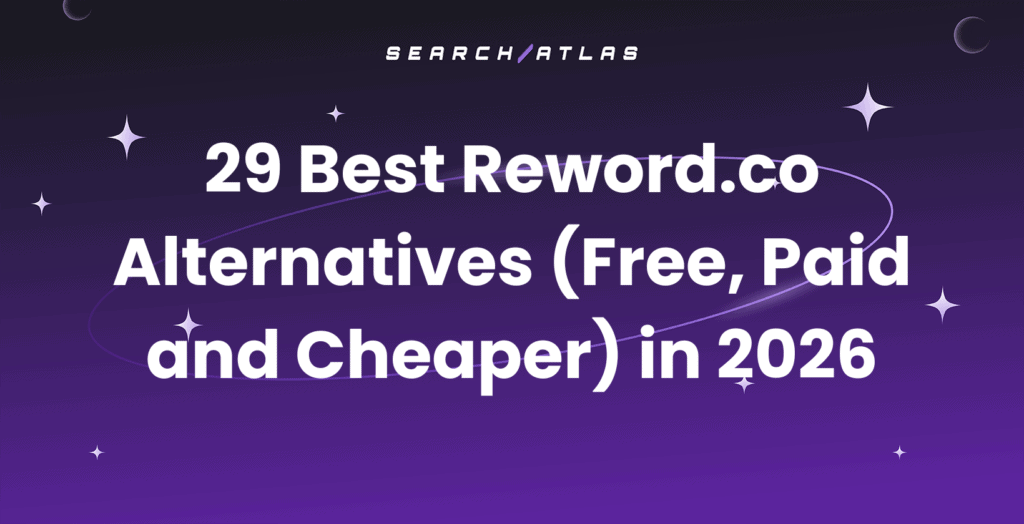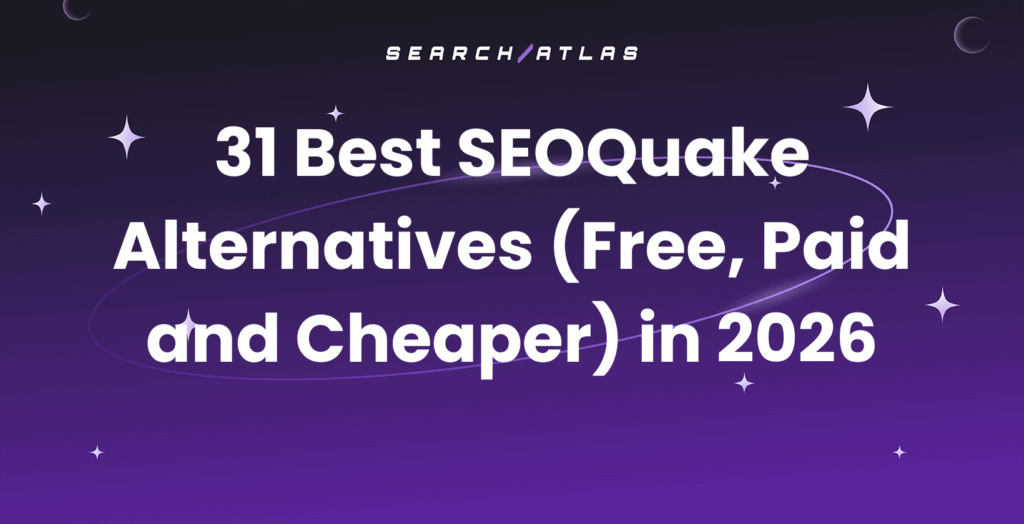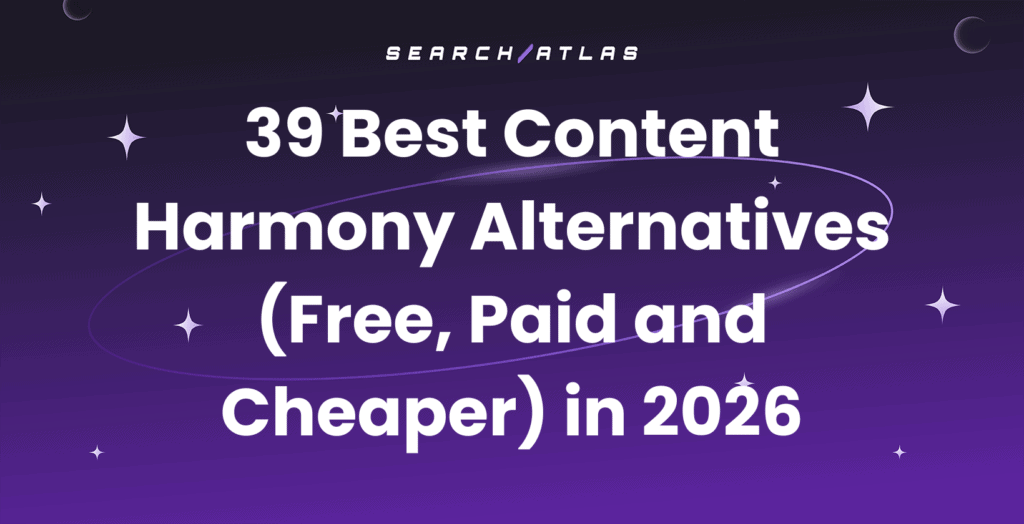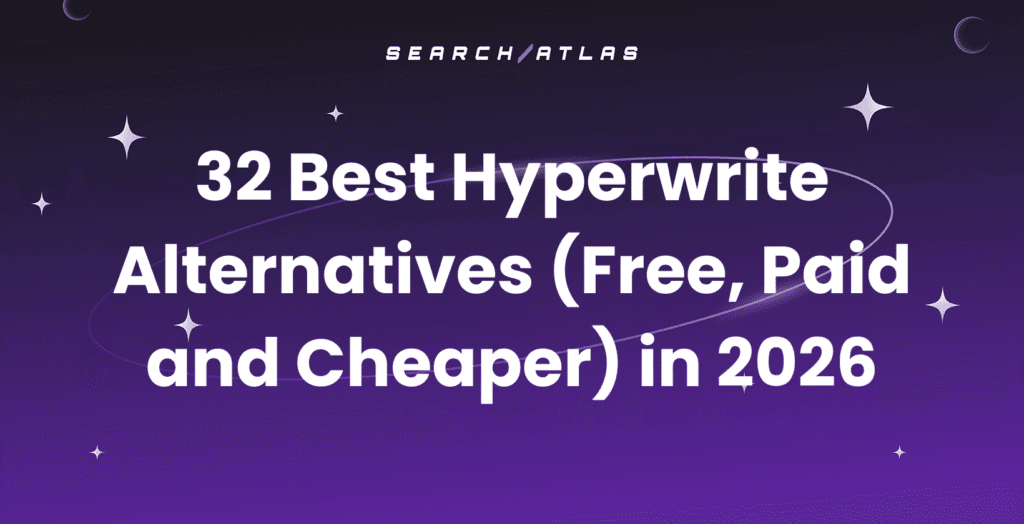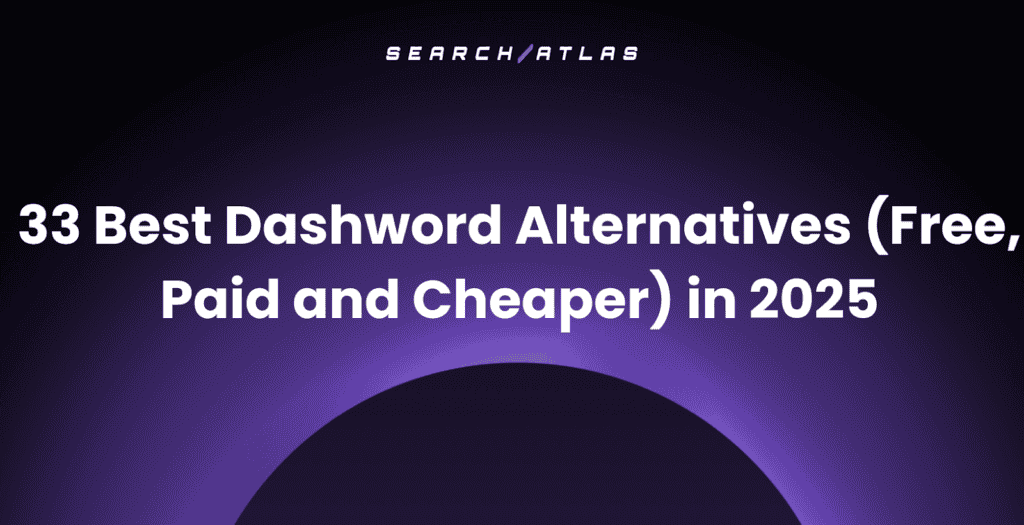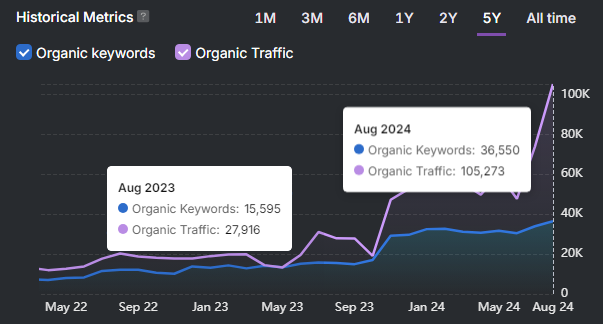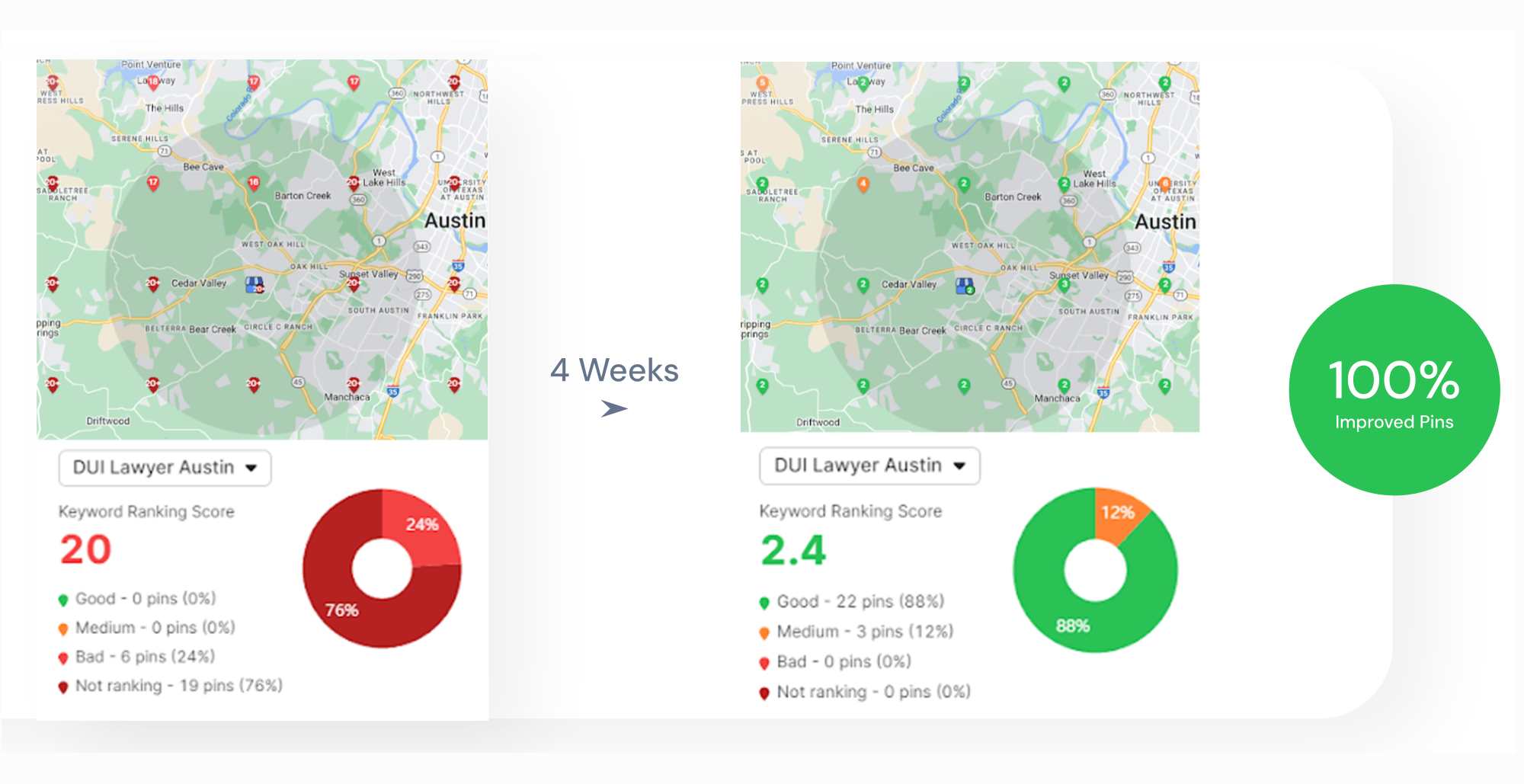SEO questions often challenge even experienced marketers who need sharper, more practical answers. Understanding how search engines rank content, evaluate authority, and assess relevance directly impacts online growth. 📈
Whether you run a local business, manage client campaigns, or build a personal brand, knowing how technical SEO, on-page structure, off-page signals and SEO content work together improves results.
This guide covers 48 essential SEO questions across all major categories. Each answer offers clear definitions, direct insights, and real-world relevance. Let’s dive in!
General SEO Questions
In this section, we answer some of the most common general SEO questions to help clarify key concepts and eliminate confusion.
1. What Are the Pillars of SEO?
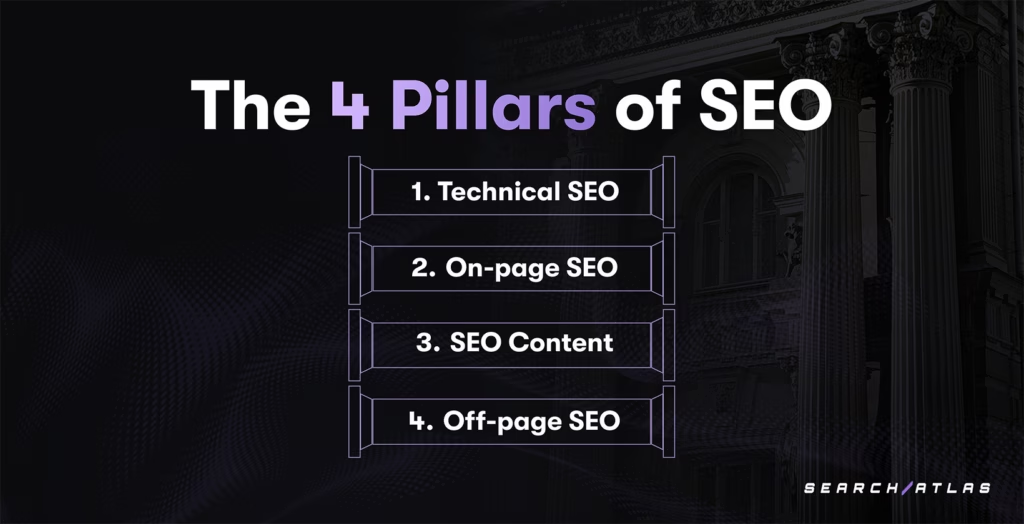
SEO relies on four distinct pillars that shape visibility, relevance, and ranking potential in search results: Technical SEO, On-page SEO, SEO Content, and Off-page SEO.
- Technical SEO. Focuses on site architecture, speed, mobile responsiveness, and indexation controls, which helps search engines crawl and process content efficiently.
- SEO Content. Involves creating valuable, keyword-targeted material that addresses user intent and aligns with quality standards like E-E-A-T.
- On-page SEO. Covers page-specific elements like title tags, metadata, headers, internal links, and schema markup, which ensures search engines understand page relevance.
- Off-page SEO. Builds authority through external signals such as backlinks, brand mentions, and online reviews, demonstrating site credibility.
2. What Is Holistic SEO and Their Pillars?
Holistic SEO refers to an optimization strategy that treats a website as a unified system where all elements contribute to search performance. Holistic SEO approach focuses on four main pillars: User Experience (UX), Authority, Content, and Technical SEO.
- User Experience (UX). Improves site speed, mobile usability, and navigation structure to encourage positive user interactions and behavioral signals.
- Authority. Builds trust through external factors like backlinks, brand mentions, and local citations that signal credibility to search engines.
- Content. Delivers relevant, keyword-optimized material that satisfies search intent and aligns with quality standards like E-E-A-T.
- Technical SEO. Ensures proper crawlability, indexation, and site accessibility by addressing load times, mobile compatibility, and structured data.
3. What Is Domain Authority (DA)?
Domain Authority (DA) is a metric created by Moz that predicts how likely a site is to rank in search results. It scores domains from 1 to 100 based on backlink strength and other ranking signals. Although Google does not use DA in its algorithms, many marketers rely on it to track SEO progress and compare competitors.
Domain Power, developed by Search Atlas, blends Google Search Console (GSC) data like organic traffic and keyword rankings. This method reflects real search performance, which makes Domain Power the most accurate metric on the market.
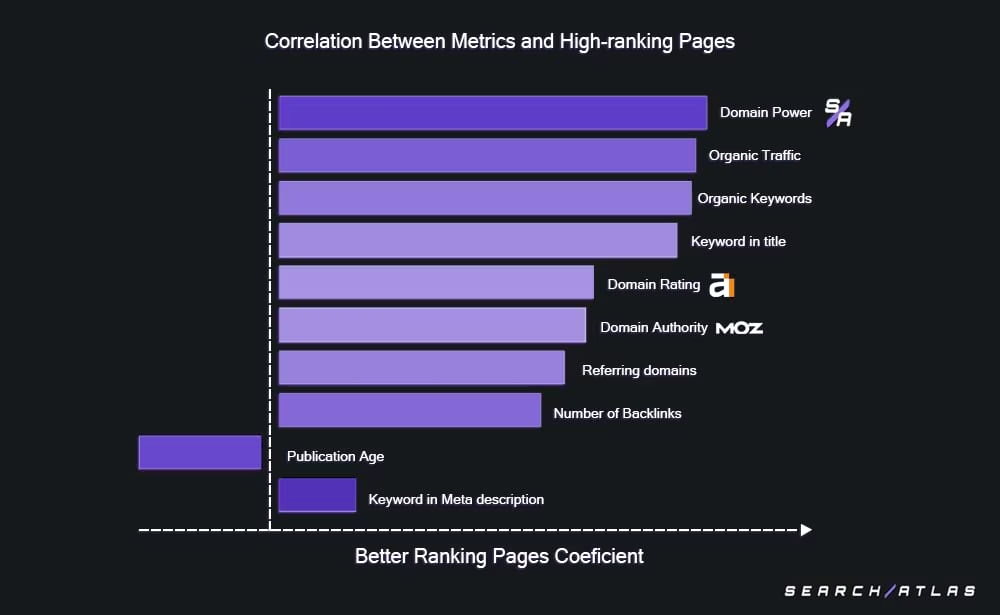
4. What Are the KPIs to Consider When Measuring SEO Success?
SEO KPIs are metrics that track how effectively your SEO efforts achieve specific goals. They measure the impact of strategies like content, backlinks, and technical improvements on overall performance. Common SEO KPIs are listed below.
- Organic traffic volume
- Keyword rankings
- Conversion rates
- Engagement metrics
Tracking these data points helps identify strengths, uncover gaps, and adjust tactics based on performance trends. The choice of KPIs depends on business priorities, whether focused on visibility, lead generation, or revenue growth.
SEO vs SEM Questions
SEO works alongside broader marketing efforts, including branding, paid search, content funnels, and social media. Lets dive into questions about how SEO aligns with other marketing strategies.
5. What Is the Relationship Between SEO and SEM?
SEO and SEM both increase search visibility but use different methods. SEO improves content and site structure to attract organic traffic. SEM uses paid ads to gain quick visibility. Together, they cover immediate reach and long-term growth, which allow businesses to maximize traffic and strengthen overall search presence.
6. How Does Market Research Influence SEO?
Market research shapes SEO by revealing how target audiences search for information and interact with content online. This process helps identify relevant keywords, understand user intent, and track competitor strategies.
Businesses use these insights to create content that matches audience needs and aligns with search behavior patterns. Market research highlights content gaps and emerging topics, which allow SEO teams to adjust strategies for better relevance and visibility.
7. Can Social Media Marketing Assist with SEO?
Yes, social media marketing supports SEO by increasing content exposure and driving more visitors to a website. Although search engines do not count social signals like likes or shares as direct ranking factors, higher visibility on social platforms often leads to more engagement, brand recognition, and backlink opportunities.
8. How Does the Content Marketing Funnel Relate to SEO?
The content marketing funnel influences SEO by guiding how businesses align content with each stage of the customer journey. In the awareness stage, SEO targets informational queries to attract early interest. During consideration, it addresses comparison and solution-focused searches. At the conversion stage, it prioritizes transactional keywords that prompt action.
9. How Does Branding Influence SEO?
Branding affects SEO by building trust, increasing visibility, and encouraging user interaction. A well-recognized brand attracts more direct searches, which signals relevance to search engines.
Users are more likely to click on familiar brand names in search results, which improves click-through rates and engagement metrics. Strong branding encourages other websites to reference or link to your content, which supports backlink growth and domain authority.
10. Why Is Dwell Time Important for SEO?
Dwell time shows how well a page holds a visitor attention after a search click. Longer visits indicate that the content is relevant, useful, and engaging, which positively influences rankings, while short times reflect thin content or mismatched intent. This engagement signals to search engines that the content satisfies user intent, which influences ranking positions over time.
Google-Specific SEO Questions
Google remains the most influential search engine, and its systems define how SEO strategies perform. The following answers address essential Google-specific SEO topics. These insights help clarify how Google evaluates pages.
11. Why Isn’t Using Keywords Enough to Rank High?
Relying solely on keywords limits SEO performance, as modern algorithms prioritize content quality, relevance, and user satisfaction. Adding terms without delivering value or relevant information weakens the page and hurts user experience.
Overusing keywords, a practice called keyword stuffing, triggers penalties and reduces visibility in search results. Effective SEO requires balancing keyword optimization with clear, useful content that meets audience needs and encourages engagement.
12. What Are the Important Google Ranking Factors?
Google ranks websites using a mix of quality, relevance, trust, and technical performance signals. The XACT framework from Search Atlas groups these signals into four main areas listed below.
- User Experience: Measures site speed, mobile usability, and engagement behavior like dwell time and click-through rates.
- Authority: Focuses on backlinks, brand mentions, and external trust signals that show credibility.
- Content: Evaluates keyword relevance, topic depth, and how well a page matches search intent.
- Technical SEO: Checks crawlability, indexation, and site structure to ensure search engines access and understand the content.
Want to explore over 250 factors Google uses to rank websites? Check out our article on SEO ranking factors.
13. What Is RankBrain?
RankBrain refers to Google machine learning system that helps process search queries and improve result relevance. This algorithm analyzes search terms to understand meaning, especially for unfamiliar or ambiguous queries.
RankBrain tracks how users interact with search results, such as clicks and dwell time, to adjust future rankings based on engagement patterns. Google uses this behavior data to determine which pages best satisfy user intent.
14. What Is E-E-A-T and Why Is It Important?
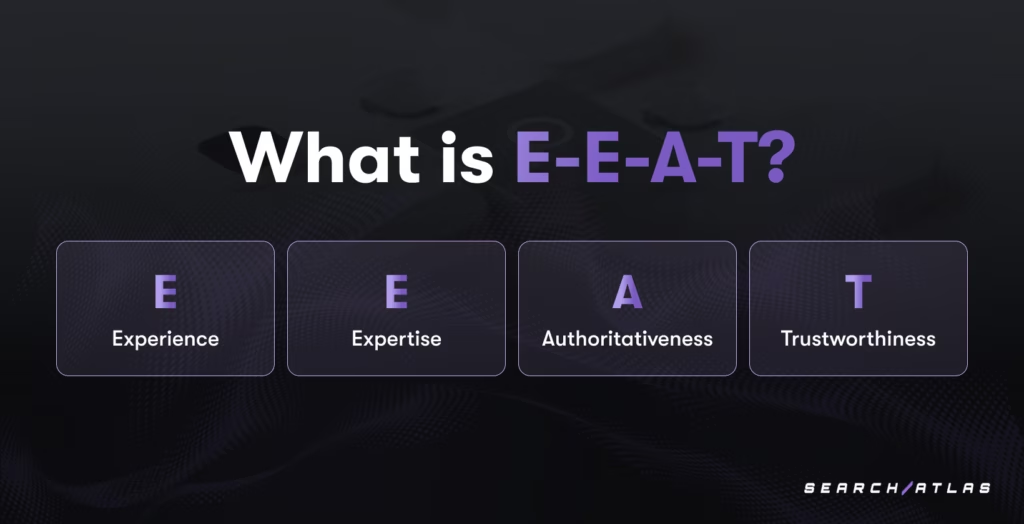
E-E-A-T refers to four evaluation principles Google uses to assess content quality: Experience, Expertise, Authoritativeness, and Trustworthiness.
- Experience focuses on firsthand knowledge or direct involvement with the subject.
- Expertise measures the author’s qualifications and subject mastery.
- Authoritativeness reflects the website’s reputation and recognition within its field.
- Trustworthiness assesses site transparency, factual accuracy, and user safety.
Although E-E-A-T is not a direct ranking factor, Google systems use measurable signals related to these qualities. Content with strong E-E-A-T signals performs better in rankings because it aligns with Google’s quality expectations.
15. How Can I Recover After a Google Update That Sank My Website?
To recover from a Google update, analyze content quality, engagement metrics, and site authority to uncover weaknesses. Improve content relevance, depth, and alignment with user intent to match new ranking signals. Strengthen your backlink profile, boost brand visibility, and audit technical SEO factors like speed, indexation, and mobile usability.
Some sites regain traffic quickly after targeted fixes, while others need sustained improvements and strong user engagement signals over time.
Technical SEO Questions
Technical SEO forms the foundation that allows your content to be discovered, crawled, and indexed correctly by search engines. Below, we address key technical SEO questions, covering topics like crawl budget, site speed, JavaScript rendering, and more.
16. What Is a Crawl Budget and Why Does It Matter?
A crawl budget refers to the number of website pages a search engine chooses to crawl and index within a set timeframe. Google allocates this budget based on factors like site size, server speed, internal linking quality, and overall site health.
Crawl budget matters because unindexed pages cannot appear in search results, which limits organic traffic potential. Large websites with many low-value or duplicate pages risk wasting crawl resources, which prevents important pages from getting crawled regularly.
17. What Is a 301 Redirect?
A 301 redirect refers to a permanent way of sending users and search engines from an old URL to a new one. This action tells browsers and crawlers that the page has moved permanently. Site owners often use 301 redirects during domain changes, URL updates, or content consolidation to maintain traffic and SEO value.
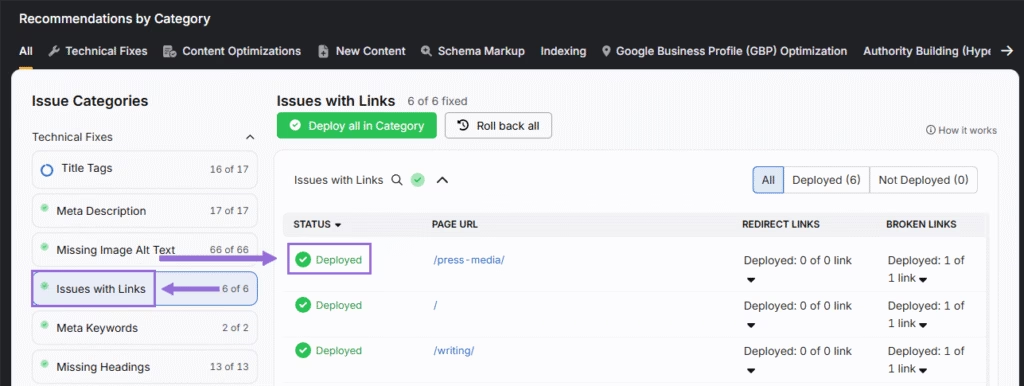
18. What Is a Canonical URL?
A canonical URL refers to the official version of a webpage that search engines choose to index when multiple pages share similar or identical content. This setting helps search engines know which page to index and display in search results.
Website owners apply canonical tags to avoid duplicate content issues and to consolidate ranking signals. Proper use of canonical URLs ensures that search engines focus on the most relevant and authoritative page.
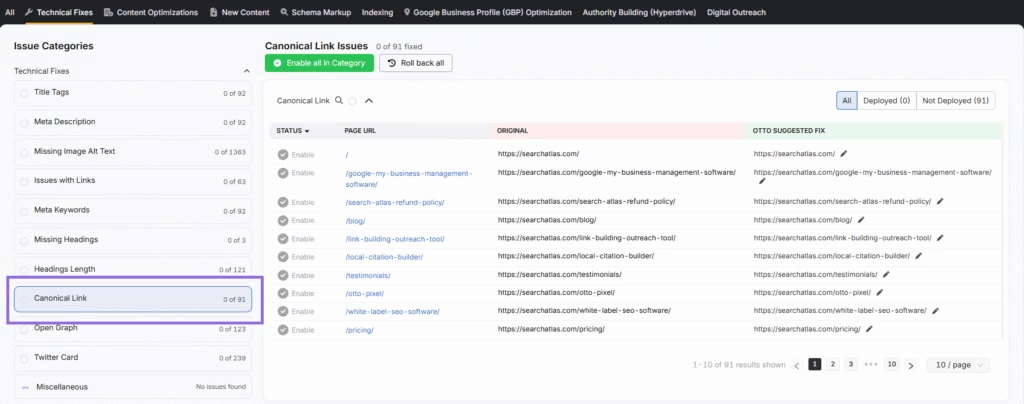
19. What Happens If Canonical Tags Get Mixed with Noindex Tags?
Using a canonical tag alongside a noindex tag sends mixed signals to search engines. The canonical tag suggests passing the ranking value to a preferred URL, while the noindex tag instructs crawlers to exclude the page from indexing.
Google typically prioritizes the noindex directive, which overrides the canonical reference and limits visibility. Multiple noindexed pages pointing to the same canonical URL undermine the target pages value and lead to deindexing.
20. What Is the Role of Schema Markup in SEO?
Schema markup helps search engines understand webpage content by adding structured data about entities, topics, and key details. This added context allows crawlers to interpret the meaning and intent behind each page more accurately.
Businesses use schema to highlight products, locations, events, and reviews. Search engines then use this information to connect entities and refine how content appears in search features.
Schema increases the chance of earning rich snippets, which boost visibility and click-through rates. Implementing it ensures clearer communication between websites and search algorithms.
Content SEO Questions
Content remains one of the most powerful drivers of SEO success. These answers focus on answering essential content SEO questions to help you understand how evergreen content, semantic optimization, LSI keywords, and content gap analysis contribute to search visibility.
21. What Is a Topical Map?
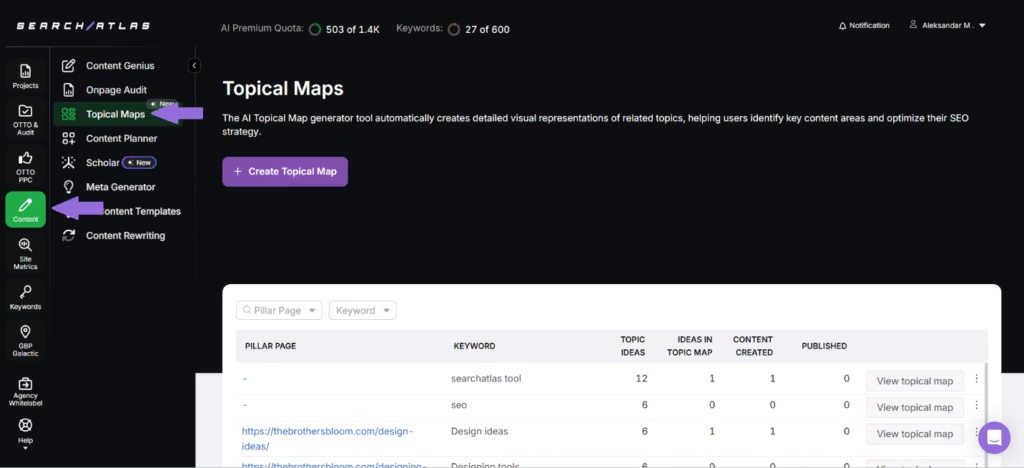
A topical map is a structured layout that organizes website content into central themes and related subtopics, showing how pages connect. It guides content planning and internal linking to ensure comprehensive coverage and strengthen topical authority.
Search engines evaluate these relationships to measure depth and relevance. Advanced SEO tools now include topical map generators that help identify gaps and suggest effective topic clusters.
22. What Is Semantic SEO?
Semantic SEO is an optimization strategy that prioritizes topic relevance and user intent over individual keywords. It structures content around related entities, context, and what users expect from a query.
Implementing semantic SEO means covering subtopics, adding relevant entities, and linking pages to strengthen topic depth. This approach improves ranking potential across keyword variations and increases overall content relevance.
23. What Are LSI Keywords?
LSI keywords refer to terms and phrases that share a close contextual relationship with a primary keyword. These words help search engines interpret page meaning by providing additional signals about the topic.
LSI keywords go beyond direct synonyms and include conceptually related terms commonly found near the target keyword in relevant content. Using these terms reinforces topic relevance and helps the page rank for a wider range of related user queries.
24. How Does Evergreen Content Support Long-Term SEO Value?
Evergreen content consists of informational resources that remain relevant and valuable long after publication,which requires minimal updates. Common examples include how-to guides, definitions, and core industry concepts.
These pages attract steady organic traffic because users consistently search for the topic, and search engines reward their long-term value with stable rankings. This type of content often earns backlinks over time, as other sites reference trusted sources.
25. What Is Content Gap Analysis?
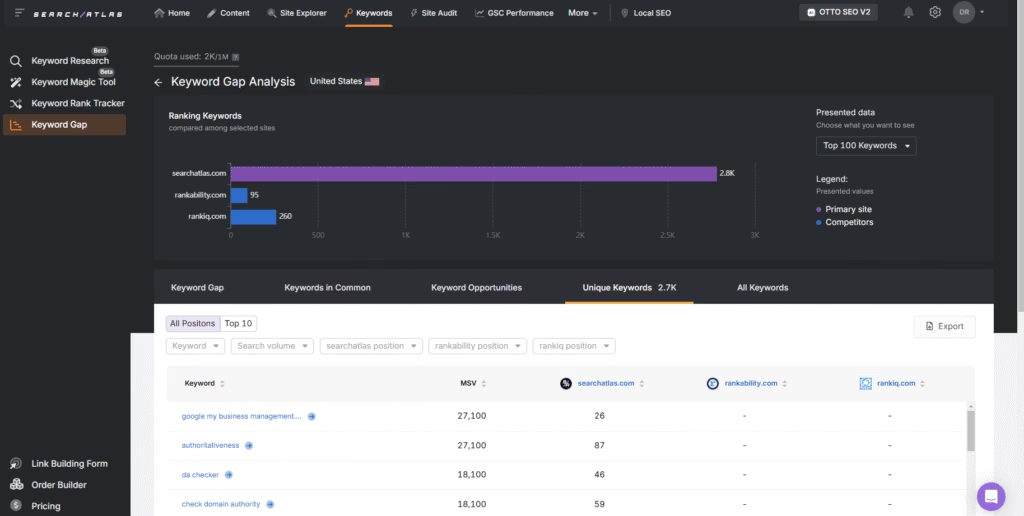
Content gap analysis is the process of identifying keywords and topics your site doesn’t rank for but your competitors do. It uncovers untapped search demand and highlights areas for you to improve content relevance and expand coverage.
Tools like Search Atlas make the content gap analysis easier with a Keyword Gap Analysis feature that compares keyword rankings across domains and surfaces opportunities for new content or optimization.
On-Page SEO Questions
On-page SEO covers content structure, metadata, internal links, and keywords. This section addresses structured data, entity optimization, linking methods, and relevance signals.
26. What Are Common On-Page SEO Factors?
On-page SEO focuses on elements within a website that influence search rankings and user engagement. These factors help search engines interpret page relevance and quality signals.
- Keyword Optimization. Involves placing target keywords in strategic locations like title tags, headings, meta descriptions, and body content, ensuring alignment with user intent.
- Content Quality. Focuses on delivering accurate, comprehensive, and engaging information that satisfies search queries and encourages user interaction.
- Meta Title Tags. Act as the clickable headline in search results, requiring keyword inclusion and clear messaging to attract clicks.
- URLs. Provide descriptive, concise pathways that reflect page topics and improve crawl efficiency.
- Headings. Structure content into clear sections, which helps search engines and users navigate key themes and questions.
- Internal Linking. Connects related pages, improving crawlability, distributing page authority, and guiding users through topic clusters.
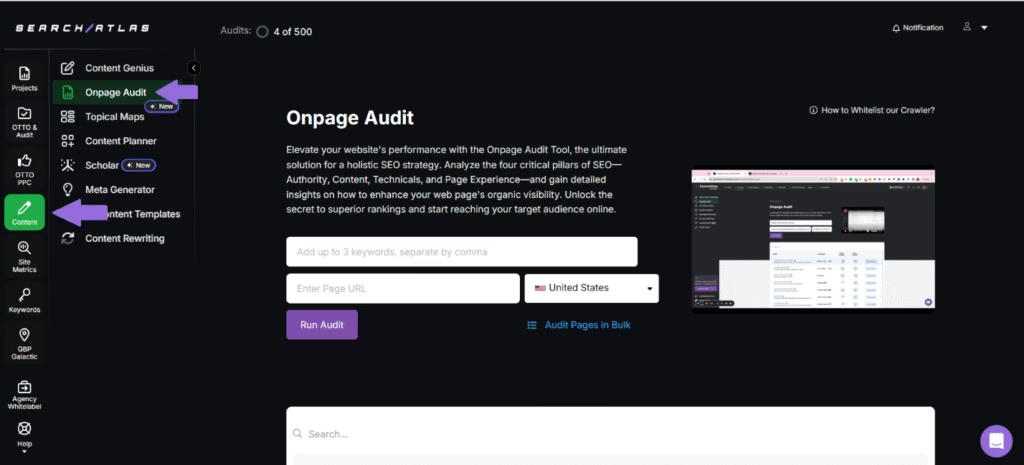
27. What Role Does Structured Data Play in On-Page SEO?
Structured data enhances on-page SEO by helping search engines understand the meaning and purpose of your content. It is implemented through schema markup, using formats like JSON LD that allow websites to define specific elements such as products, articles, or events in a machine-readable format.
This added context improves indexing and increases the chances of earning rich results such as star ratings or FAQs that boost visibility and click through rates. It helps search engines distinguish between similar content types, which ensure users receive more accurate results.
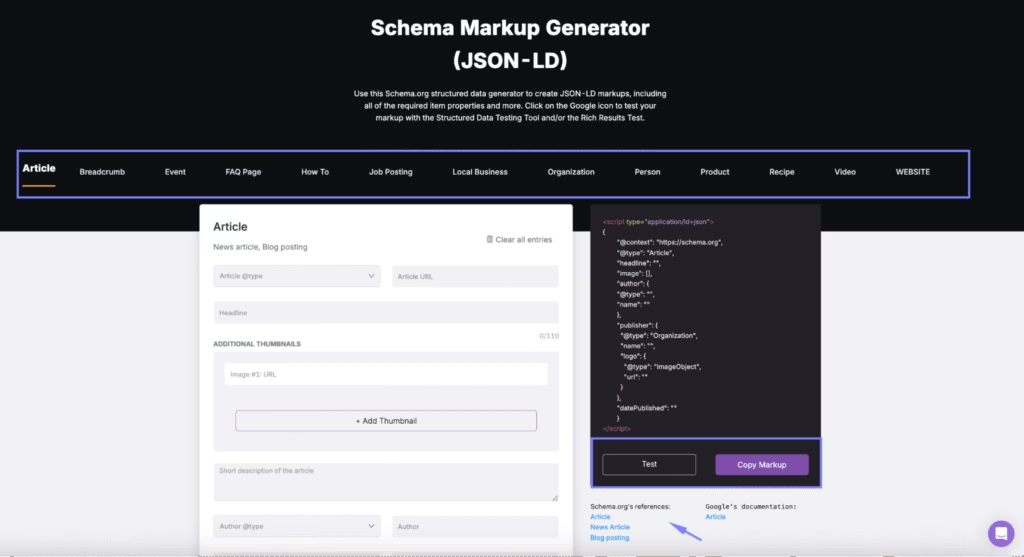
28. How Does Content Pruning Affect Site Authority and Organic Traffic?
Content pruning boosts site authority and organic traffic by removing outdated or low-value pages that dilute overall SEO strength. This improves content quality and allows search engines to focus on indexing high-performing pages. Content pruning consolidates ranking signals, strengthens keyword visibility, and enhances internal linking by directing attention to valuable resources.
Off-Page SEO Questions
Off-page SEO focuses on external signals like backlinks, brand mentions, and reviews that shape your site’s authority and relevance. Here, you’ll discover key questions about referring domains, backlink quality, and the ranking impact of customer reviews.
29. What Are Common Off-Page SEO Factors?
Off-page SEO factors help search engines evaluate a website’s authority, trustworthiness, and topical relevance through external signals. These elements shape domain credibility and influence how a site performs against competitors targeting similar keywords.
- Number of Referring Domains. Referring domains count how many unique websites link to your site. Each high-quality domain strengthens authority by acting as a trust signal in Google’s ranking algorithm.
- Link Authority. Link authority measures the credibility of each backlink source. Tools like Search Atlas use metrics such as Domain Power to assess backlinks based on trust and domain strength.
- Link Relevancy. Link relevancy evaluates how closely the content of the linking site matches your own. Search engines favor backlinks from sources with strong topical or industry alignment.
- Anchor Text. Anchor text is the clickable wording in a backlink. A balanced, natural mix helps clarify context and avoid penalties from over-optimization or spam signals.
- Customer Reviews. Customer reviews provide external validation of a brand’s quality. Google considers volume, variety, and recency of reviews across trusted platforms when weighing off-page reputation.
30. What Is Referring Domain?
A referring domain is a unique external website that links to your site through at least one backlink. Search engines view these links as trust signals, which helps assess your site’s authority and relevance.
Regardless of how many links a site sends, it counts as one referring domain. Earning links from multiple reputable domains strengthens ranking potential and expands search visibility.
31. What is Press Release Submission in SEO?
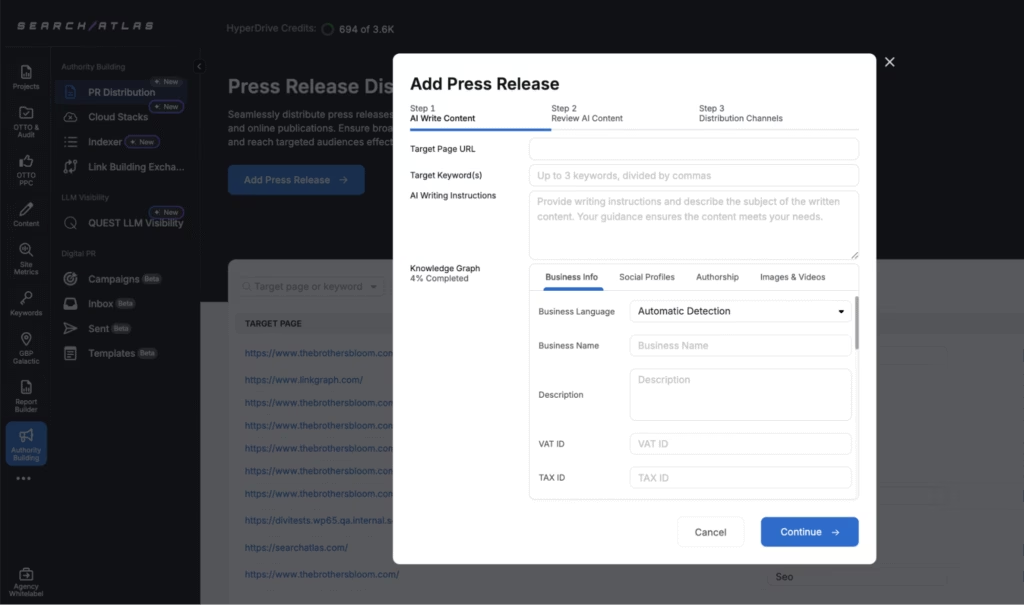
Press release submission is the process of distributing company announcements to online media outlets for SEO and visibility purposes. Businesses use it to announce product launches, partnerships, or other milestones through press release distribution sites.
This strategy earns backlinks from authoritative domains, strengthens site authority, and drives referral traffic. It increases brand exposure and supports higher rankings when featured on trusted sources.
32. What is Guest Posting?
Guest posting is the practice of publishing content on external websites to gain backlinks and expand audience reach. As an off-page SEO tactic, it allows contributors to share expertise on relevant blogs while earning links to their own site.
This approach boosts brand visibility, drives referral traffic, and supports domain authority. Successful guest posting targets reputable, niche-relevant platforms for maximum SEO impact.
SEO Tool Questions
Modern SEO tools manage full workflows, automate tasks, and adapt to business needs. This section covers tool selection, automation in content production, and how AI platforms like Search Atlas support SEO at scale.
33. Which Type of SEO Tool Is Best?
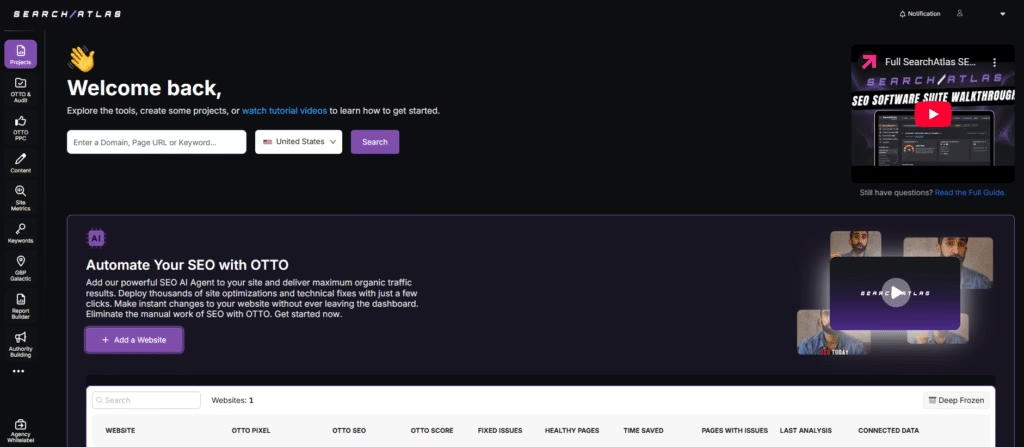
The best type of SEO tool aligns with your specific goals, technical level, and growth plans with an intuitive interface and smooth navigation. An all-in-one SEO tool covers core functions like keyword research, site audits, backlink analysis, and content optimization in a single platform.
Advanced platforms include AI assistants that automate repetitive tasks, suggest content improvements, and provide strategic recommendations based on real-time data. Tools like Search Atlas follow this model, offering a full suite of SEO capabilities powered by AI assistants and scalable, streamlined workflows.
34. Can Search Atlas Work for All Business Types Like Agencies, Local Businesses, and Personal Brands?
Yes, Search Atlas supports all business types with tools adaptable to a wide range of digital marketing needs. E-commerce businesses optimize product pages using specialized templates. Personal brands create bios and social posts, while agencies benefit from scalable project management features and bulk content tools tailored to client workflows.
35. What Enhanced Metrics Does Search Atlas Offer?
Search Atlas delivers advanced SEO metrics in one platform, combining keyword research, backlink quality, and performance tracking. It includes TrustFlow, CitationFlow, Moz Spam Score, topical authority, and keyword data like volume, CPC, and difficulty. The platform pulls live performance data from GSC and GBP, while integrating third-party link authority metrics for deeper insights.
36. What Core Differentiators Make Search Atlas Stand Out Compared to Tools Like SEMrush and Ahrefs?
Unlike SEMrush and Ahrefs, Search Atlas brings AI content creation, local SEO heatmaps, site audits, and GSC integration into a single platform without requiring extra subscriptions. It offers automated citation building and press release distribution, streamlining workflows and reducing overall software costs.
37. How Is Search Atlas Different from Other AI-Driven SEO Tools?
Search Atlas differs from other AI-driven SEO tools by offering OTTO SEO, the world’s first automated SEO AI assistant. OTTO builds a custom AI model tailored to each business, considering industry, audience, and goals.
This model powers every feature, from topical mapping to content creation and press release generation. The system adapts its actions and outputs based on your business data, not preset templates.
38. What Is the OTTO SEO Feature and How Does It Benefit SEO Workflows?
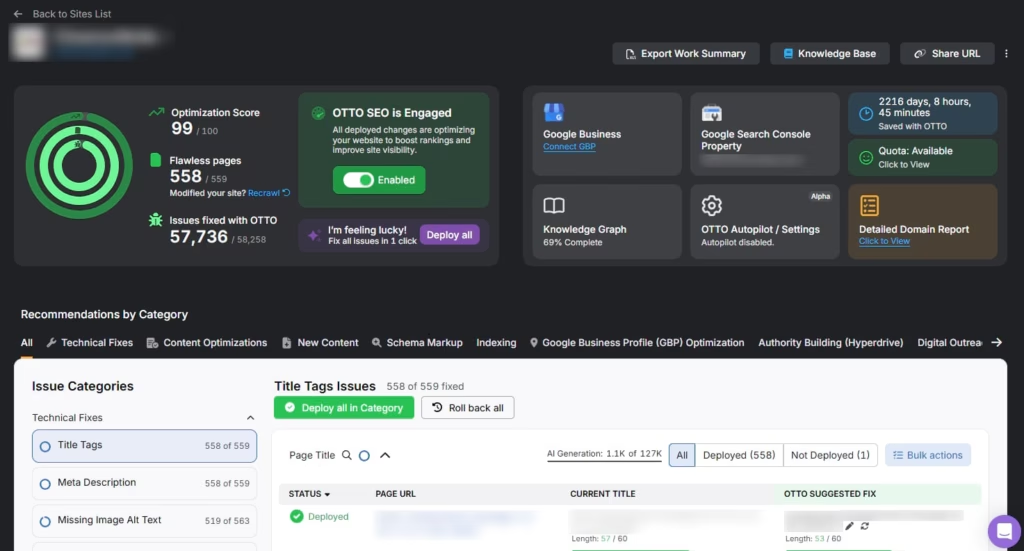
The OTTO SEO feature in Search Atlas automates core SEO tasks that normally require manual work. It applies real-time changes across site audits, local SEO improvements, and authority-building efforts. OTTO focuses on executing real optimizations directly, not just offering suggestions, which makes SEO workflows faster, more consistent, and results-focused.
39. How Does the “1-Click” Automation Feature Work for SEO Changes?
The “1-Click” automation feature in Search Atlas uses OTTO to apply SEO changes instantly across your site. Instead of listing suggestions, OTTO implements the recommended technical fixes and content adjustments automatically. The feature focuses on reducing time between identifying issues and applying solutions.
40. Does Search Atlas Optimize All Aspects of On-Page SEO Like Technical and Semantic SEO?
Search Atlas covers both technical and semantic aspects of on-page SEO. For technical SEO, it fixes elements like title tags, meta descriptions, headers, HTML structure, and indexing settings.
For semantic SEO, OTTO analyzes page content to identify missing entities, weak topic coverage, and gaps in natural language signals.
41. How Can Search Atlas Help Create Up to 100 Articles a Day Compared to Traditional Content Methods?
Search Atlas enables the creation of up to 100 SEO-optimized articles per day by using OTTO, which builds a custom AI model for each business. OTTO studies the entire website, including brand voice, service pages, and site structure.
It combines analysis powers bulk content production with built-in semantic SEO, internal linking, and NLP optimization. The process replaces generic AI output with business-specific, search-focused articles at scale.
42. I Like My Writers’ Content, So How Would OTTO’s Content Generator Be Useful?
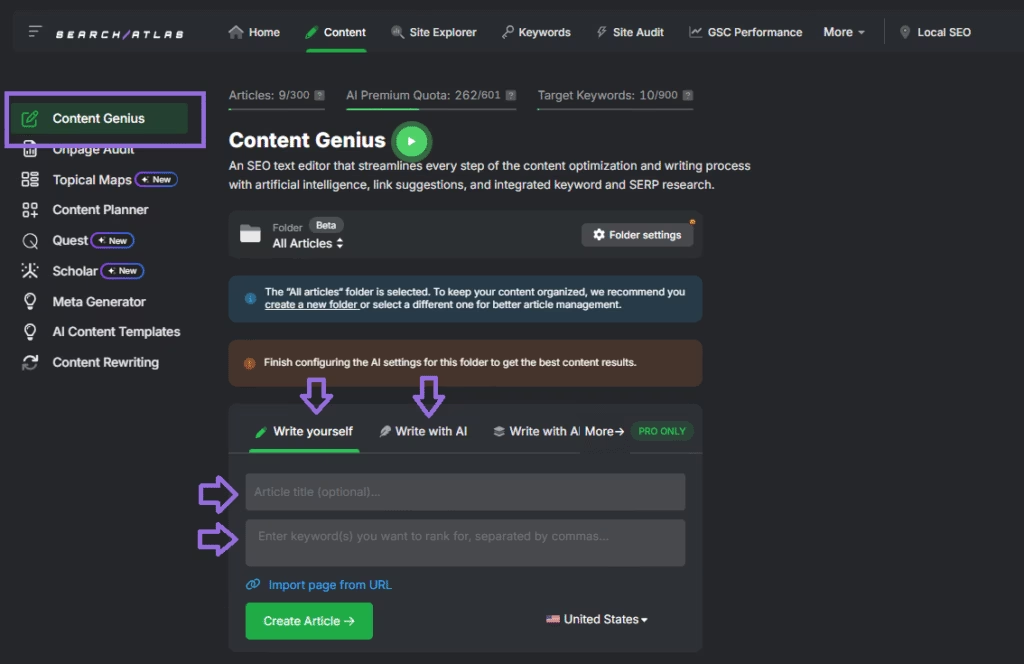
OTTO content generator supports your writers by providing a structured starting point for SEO-focused content. It first creates a topical map to suggest relevant article ideas based on your business and audience.
Writers adjust topics, rewrite AI-generated outlines, and customize content settings before drafting. This setup helps writers scale production while keeping creative control over voice and messaging.
43. What Happens If I Remove the OTTO Pixel from My Website?
Removing the OTTO Pixel from your website stops the platform’s ability to monitor and apply ongoing SEO updates. Any technical, on-page, or structural changes made through OTTO will revert to their original state. This rollback happens automatically because OTTO uses the pixel to maintain live optimizations.
44. What Means Put a Project in OTTO Deep Freeze?
Placing a project in OTTO Deep Freeze keeps existing SEO fixes active without requiring a subscription. Once enabled, all optimizations stay live as long as the OTTO Pixel remains installed. After 14 days, the site’s quota becomes available for another project. The system stops crawling the site, so reports won’t show new issues.
45. Is Search Atlas Actually Cheaper and Are There Extra Fees?
Search Atlas does not offer the lowest upfront price, but its bundled tools and automation features make it more cost-effective over time. With higher quotas for projects, keywords, and AI content, it eliminates the need for additional subscriptions. This setup reduces manual effort and long-term expenses, delivering strong value by unifying core SEO functions without hidden fees.
46. What Should Users Focus on During the 7-Day Free Trial to Maximize Value?
During the 7-day free trial, explore as many core features as possible to understand how Search Atlas fits their SEO needs. Daily emails provide step-by-step guidance on what to test and where to focus.
Watching the official onboarding videos on YouTube helps explain platform workflows in detail. Scheduling a one-on-one onboarding call offers a chance to ask specific questions and get personalized recommendations.
47. What Will Happen If I Cancel My Search Atlas Plan? Will I Lose My OTTO Enhancements?
Canceling your Search Atlas plan does not automatically remove OTTO enhancements. The Deep Freeze continuity option, available for a one-time $99 fee, preserves all deployed SEO fixes indefinitely while the OTTO Pixel remains installed. Without this option, deployed changes revert, but Deep Freeze ensures your SEO improvements remain active after subscription ends.
48. What Is the Best Way to Learn SEO?
Mastering SEO requires more than surface-level knowledge, you need a deep understanding of how search engines work, what signals they prioritize, and how to apply the right strategies.
Search Atlas offers a course built on proven, data-driven strategies developed by industry experts. Instead of relying on outdated tips, the course teaches how to use testing, performance analysis, and algorithm monitoring to build effective SEO campaigns.
Unlock the full potential of your digital marketing efforts and take your SEO skills further. Apply for the course and start learning with Search Atlas! ✨


